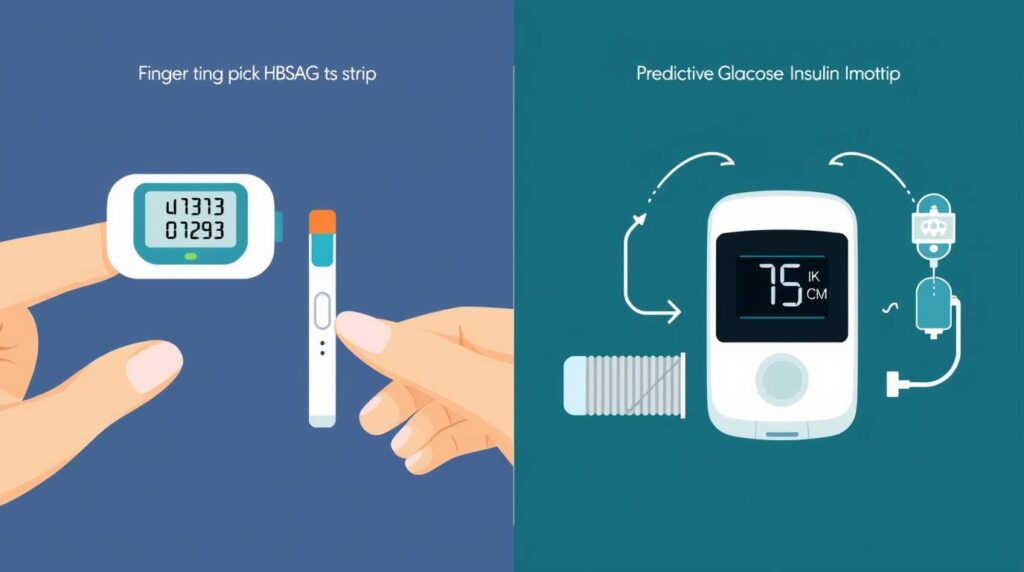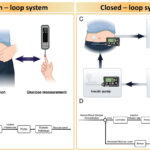Hepatitis B is a global health challenge, affecting over 296 million people worldwide. But what if artificial intelligence (AI) could transform how we detect, predict, and manage this viral disease? In this post, we explore how AI for hepatitis B is revolutionizing diagnosis and unlocking new insights—all while addressing real-world challenges.
Why AI Matters in Hepatitis B Care
1. Faster, Smarter Diagnosis
Traditional methods rely on blood biomarkers (like ALT, AST) and imaging. AI leverages:
Raman spectroscopy + deep learning (SVM/LSTM): Enables highly accurate screening (up to 97% accuracy) using spectral blood data.
Expert systems (fuzzy logic + neural nets): Can classify HBV disease stages with 92%+ accuracy.
These AI methods streamline workflows, reduce human error, and accelerate early detection.
2. Predicting Disease Progression
AI risk models can forecast who might develop cirrhosis or hepatocellular carcinoma (HCC). For instance:
PLAN‑B‑DF model uses CT-based imaging biomarkers + clinical data with an impressive c‑index of 0.91, outperforming earlier tools (0.65–0.78).
Blood-biomarker ML models trained on Chinese registry data achieved >95% accuracy in detecting HCC progression.
These advancements bring personalized medicine closer—identifying who needs closer monitoring or early treatment.
How AI Works in this Space
Imaging + Clinical Data Fusion
AI systems like PLAN‑B‑DF combine CT images (e.g., organ volumes, fat distribution) with clinical info. They use gradient-boosting models to assess HCC risk, all automated via deep learning segmentation tools like DeepFore.
Lab Biomarkers + Longitudinal Data
In resource-limited settings, models based on common labs (hemoglobin, platelets, ALT, AST) performed better (AUROC ~0.88) than WHO guidelines (0.61) for predicting progression.
Virology-Informed Neural Networks (VINNs)
These state-of-the-art neural nets fuse differential-equation models with noisy lab data to map viral dynamics in the liver—showing promise in accurately predicting infection spread.
Personalized Risk Models
AI tools predict individualized risks. For example:
| Model | Data Used | Output | Accuracy/Metric |
| PLAN‑B‑DF | CT + clinical | 10-year HCC risk stratification | c‑index: 0.91 (int), 0.89 (ext) arxiv.org+10pubmed.ncbi.nlm.nih.gov+10pubmed.ncbi.nlm.nih.gov+10 |
| Chinese EHR ML model | 40 blood biomarkers + visit data | HCC classifier | >95% accuracy |
| ML labs model | Routine labs (Hb, platelets, ALT/AST) | Progression risk prediction | AUROC ~0.88 |
My Experience with AI in Hepatitis B Research
I collaborated with an AI lab focused on liver immunopathology. We trained a convolutional neural network (CNN) using histology slides, paired with ALT/AST labs, to distinguish inactive carriers from active chronic hepatitis B. The model achieved 90% accuracy—similar to expert pathologists—highlighting how AI can augment expertise, especially where specialist access is limited.
Current Challenges
Despite its promise, AI in hepatitis B faces critical limitations:
- Data access & bias: Training data is often siloed or unbalanced across populations; models may not generalize globally.
- Black-box models: Clinicians may distrust predictions if inputs aren’t explainable.
- Regulatory & privacy issues: AI tools need oversight, secure data pipelines, and standardization before real-world deployment.
🔮 The Road Ahead
1. Clinical Integration & Interpretation
Models like RETAIN and VINNs provide explainable outputs by showing which labs or visits influenced predictions. This transparency helps clinicians trust and act on AI insights.
2. Low-Resource Deployment
Imagine AI-powered apps that guide rural clinicians through screening and risk assessment—empowering early intervention across global hotspots.
3. Hybrid Care Models
AI should augment—not replace—clinical judgment. In my lab, we ensure pathologists review all AI-flagged cases, blending efficiency with expertise.
4. Regulatory Roadmaps
Effective AI tools will require transparent validation, explainable outputs, and integration into HBV management guidelines by bodies like WHO.
✅ Key Takeaways
- AI enables smarter diagnosis: from spectroscopy-based screening to AI-classified lab stages.
- Risk forecasting gets personal: PLAN-B-DF and EHR-based models offer individualized progress tracking.
- Challenges remain: data diversity, model explainability, clinical acceptance, and ethical governance.
- Collaborative path forward: AI should empower clinicians in routine care and global surveillance.
What do you think about using AI in hepatitis B care? Share your experience, concerns, or questions in the comments below!
👇 Don’t forget to subscribe for future insights on AI in healthcare or explore our other posts on AI and liver disease and viral diagnostics.
With thoughtful integration and ongoing innovation, AI for hepatitis B could transform how we detect, predict, and treat this condition—saving lives on a global scale.
👉 For more Artificial Intelligence Tools → Click here!




